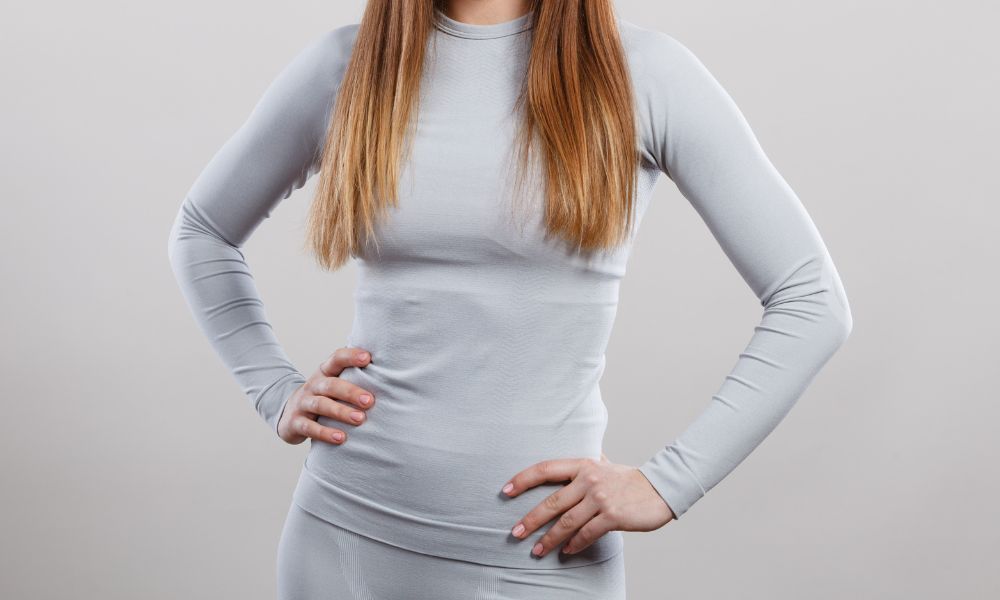Base Layers vs. Thermal Layers: Is There a Difference?

Norwegians have a saying: “There’s no such thing as bad weather, only bad clothing.” Dressing for the weather makes a big difference in how comfortable you feel in a given environment.
One of the most important elements of your winter wardrobe is your base layer. Are you wondering if there’s a difference between base layers and thermal layers? Consider the moisture-wicking, warming, and weight class features of these layers so you can start your outfit with a good foundation.
Moisture-Wicking
Base layers and thermal layers both have moisture-wicking properties. A moisture-wicking fabric quickly wicks, or moves, sweat away from your skin, pulling the moisture through the fabric’s fibers. Once on the fabric’s outer surface, the moisture dries away quickly.
Moisture-wicking keeps your skin dry, allowing you to feel more comfortable than you would if you wore sweaty layers of clothing. Sweat evaporating from your skin also cools your body, meaning this moisture-wicking layer keeps your skin dry so you don’t experience sweaty chills.
Warming
Thermals are a type of base layer, but not all base layers are thermals. Both types can provide moisture-wicking, but the key difference between base layers and thermal layers is that thermal fabrics provide more warmth.
When people think of layers of clothing, they often think of warming up. However, the purpose of a moisture-wicking base layer is to remove sweat, not add warmth.
If you want a layer of clothing that retains your body’s heat, a thermal layer will do the job. The thermal fits smoothly and closely over your body, trapping heat against your skin without bunching up or adding bulk.
Fabric Weight
Base layers come in three fabric weights: lightweight, mid-weight, and ultraweight. Lightweight provides the least heat retention and excellent moisture-wicking. Ultraweight is the thickest fabric that provides the highest warmth retention but doesn’t wick moisture as efficiently. Midweight falls between the two in both considerations.
The optimal fabric weight for your outfit depends on the temperature outside, your activity level, and your personal preference. You’ll probably feel most comfortable wearing lightweight in mild conditions, midweight in cool conditions, and ultraweight in cold conditions.
For stylish and comfortable women’s thermal base layers, shop with Snow Angel. Whether you’re wearing our apparel as your only layer or under other layers, the fabric will wick away moisture and keep you warm. Shop with us today.



